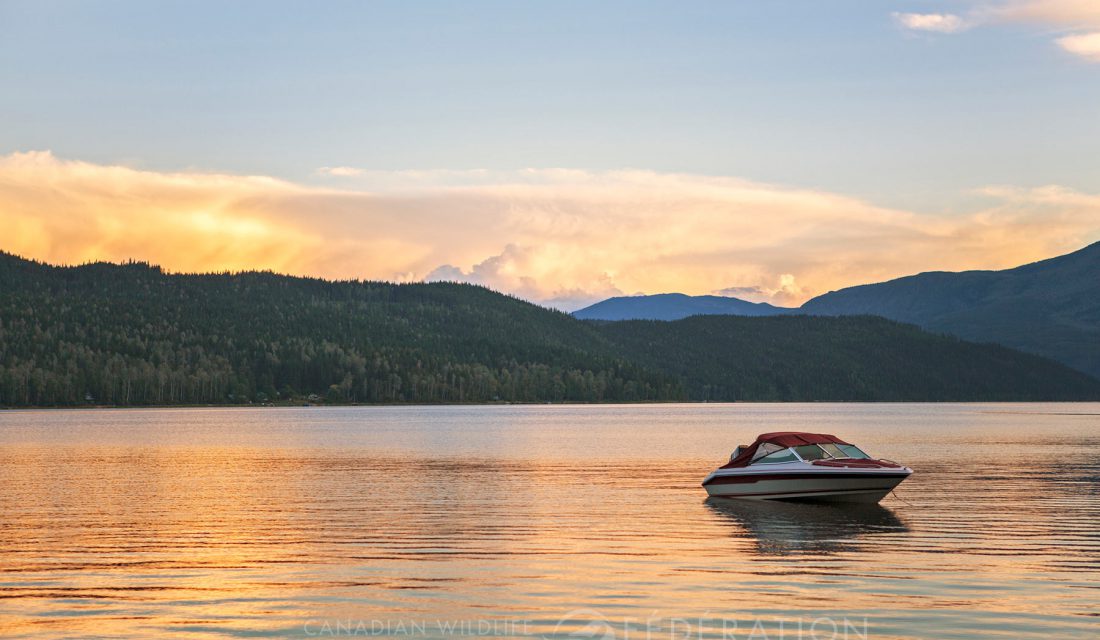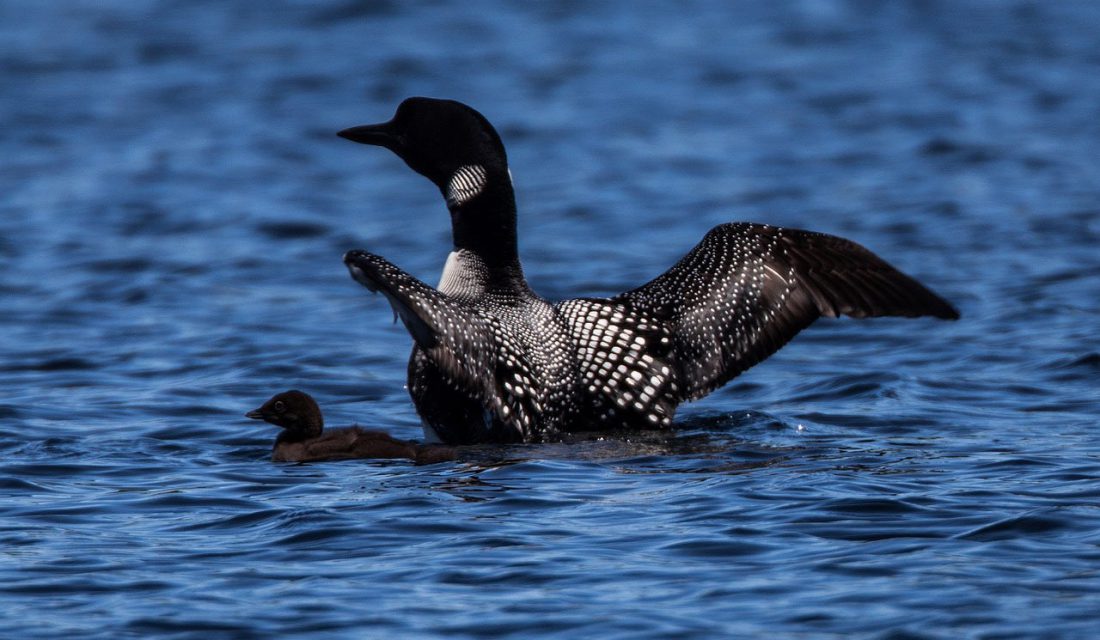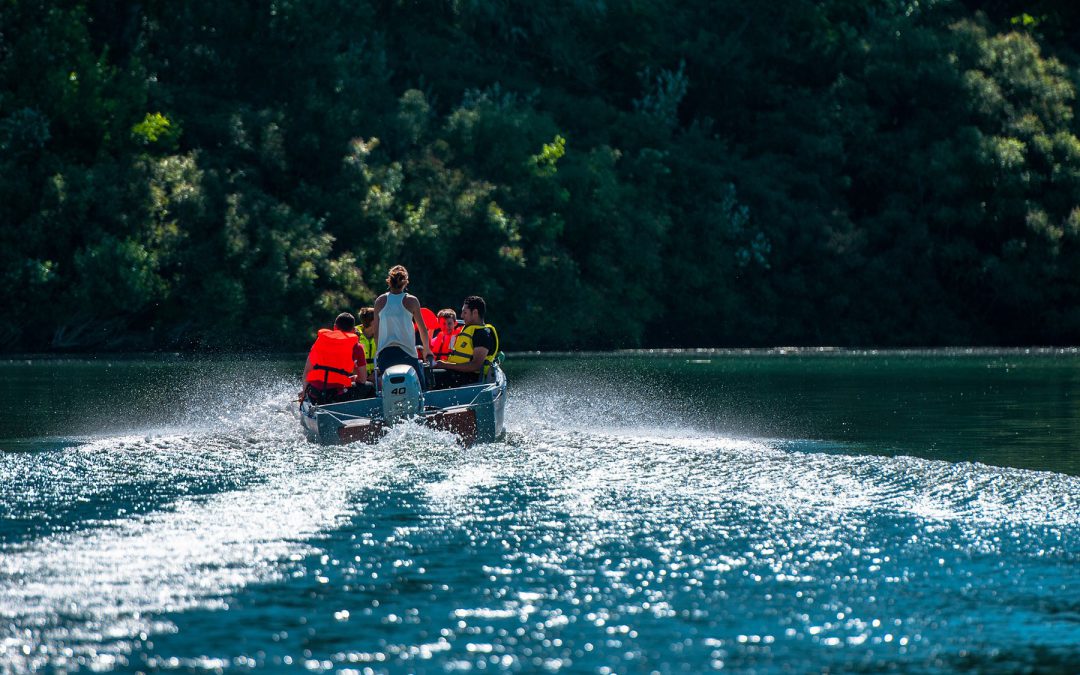Sunny skies, subtle waves and fresh air — all the components of a great day on your boat.
Boating is a favourite past time of many, but some people don’t know that improper boating practices can have damaging effects on their lake. But it doesn’t have to be! Learn what you can do to avoid these environmental losses.

Water
Lakes are sensitive ecosystems. Everything works together to create balance. Much like soil for plants and micro-organisms, the chemical makeup in freshwater creates an ideal environment for a variety of aquatic wildlife.
Chemicals
This chemical balance is very delicate and can be easily influenced. Without proper care, boat maintenance fluids can make their way into the water. They can change water alkalinity and pollute waterways, making it dangerous for wildlife and human use.
Sediments
Excessive boating stirs up sediments in the water, reducing visibility and obstructing sunlight.
Temperature
Along with sediments, motors push warm surface waters deeper, changing overall temperatures. With increased water temperatures, algal blooms can be more prevalent, starving waterways of oxygen and creating uninhabitable areas in the lake.
Land
Speed boats and sea-doos: sounds like a fun time to most. Unfortunately, improper use of these watercrafts can have damaging effects on lake shorelines and habitat.
When cruising along the water, you create a wake. The faster you go, the stronger the wake. The wake you create builds at the shore, impacting the land and weakening the soil and undercutting banks.
Along with habitat loss and shoreline sediment buildup, the accelerated erosion causes property owners to lose their land, devaluing their property.

The loon, in particular, is one species that is quite susceptible to boating disturbance in our Canadian lakes and rivers.
Wildlife
Boats are large and fast — a very daunting contraption to a wild animal. Boats can hit swimming wildlife, causing major injury to the animal, or even death.
The loon, in particular, is one species that is quite susceptible to boating disturbances in our Canadian lakes and rivers. Loon populations have been declining over the last 20 years. The loon’s nesting season is between May and June, a critical time of partner shared incubation.
High speed boats can disturb the parents, and if it happens frequently enough the parents will abandon the nest altogether. If the eggs do hatch and the chick survives, they are still susceptible to strong wakes or fast moving watercrafts driving too close.
Do’s and Don’ts of Safe Boating
There are changes you can make to reduce your impact on the environment while using your watercraft:
- Don’t speed while close to the shore — the closer you are, the stronger the wake.
- Do be conscious of your surroundings: small animals easily go unseen.
- Do dispose of used oils and filters properly.
- Do be careful of portable gas or fuel tanks.
- Don’t get too close! Enjoy wildlife from afar, especially during nesting seasons.
- Do regularly maintain your watercraft or upgrade when needed. Degraded boats are more likely to leak into waterways.
- Do properly wash and dry your watercraft when switching between waterways to reduce the chance of transporting invasive species.
- Don’t speed! Reduce your speed or use your electric motor to troll.
- Do interchange between a motorized and non-motorized watercraft to reduce the chances of motor pollution and excessive wave action.
By taking these necessary steps to use your watercraft consciously, you can do your part to ensure the health of our lakes for future generations.

